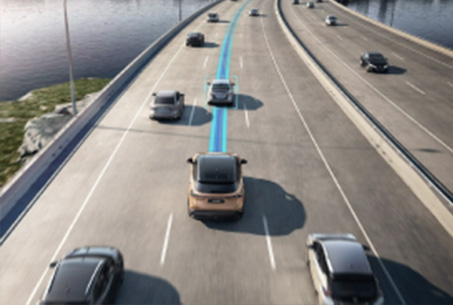Safety and Quality
Our priority is making safe and reliable vehicles, with innovative technologies that offer tangible benefits to our customers. We aim to usher in a future where we see significantly reduced accidents on the road and zero fatalities. We are committed to providing our customers with the best possible experience throughout their journey with Nissan.

